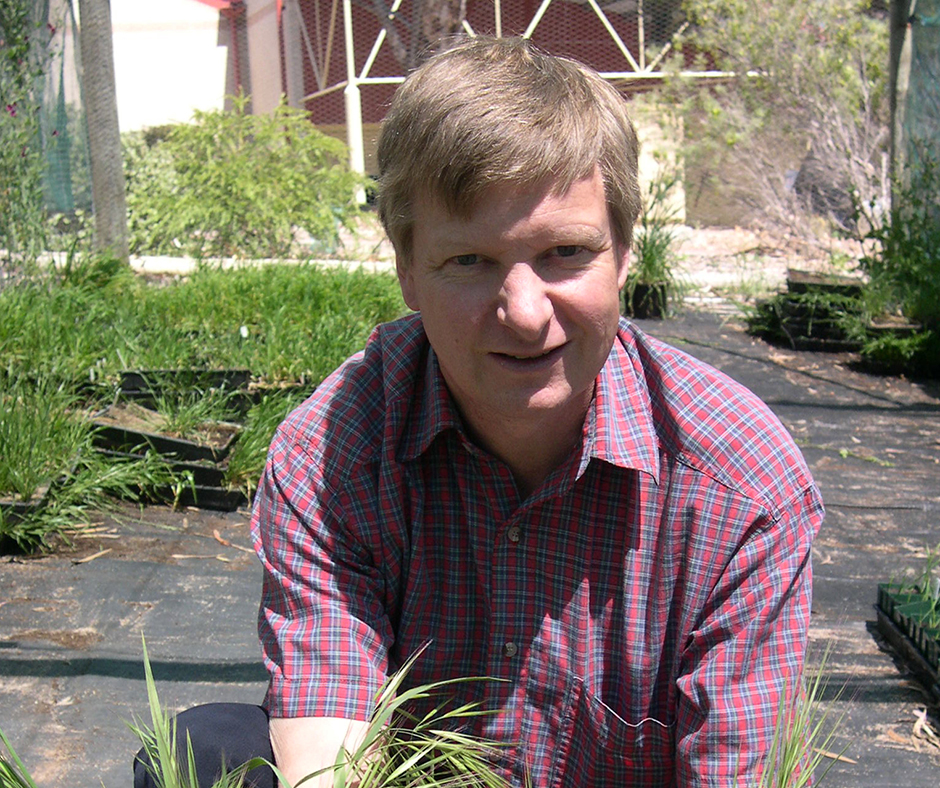Why Look For Summer Weeds in Spring?
WeedSmart interview with Chris Preston, Chair of the Australian Glyphosate Sustainability Working Group
Sowthistle, windmill grass and feathertop Rhodes grass are problematic weeds for grain growers across Australia. All three are known to evolve resistance to glyphosate, the mainstay herbicide in no-till farming.
Dr Chris Preston, Chair of the Glyphosate Sustainability Working Group says these three weeds have some natural tolerance of glyphosate, particularly once they have some size, and some populations have been identified that are resistant to robust rates, even when applied to small, actively growing plants.
‘All three species respond to warming temperatures in spring and can germinate late in-crop where they are difficult to control with herbicides,’ says Chris. ‘Windmill grass is a short-lived perennial that can regrow from the crown, giving it a distinct advantage when soil moisture is limited.’
‘Another trait that these species share is the short period of seed dormancy. This means that seed will germinate almost immediately after rainfall events in spring once the soil has started to warm and, once established, these plants are also very tolerant of heat and moisture stress.’
‘Sowthistle can also germinate in autumn but these populations are easier to control as part of the seeding operation,’ he says.
Why is sowthistle more of a problem in some years than others?
Sowthistle seed does not persist in the soil for very long. More rainfall over spring and summer leads to larger populations.
If these summer weeds are so hard to control with herbicides, what options do growers have?
Herbicides can still play a part but applications need to be well-timed and survivors removed.
Are feathertop Rhodes and windmill grasses really a problem outside the northern region?
Feathertop Rhodes and windmill grass are closely related C4 species, which means they grow rapidly in warm, sunny conditions, so they are prevalent in the northern region. However, they are found on roadsides all over Australia – representing a considerable risk in all regions.
